If you’re anything like me, you run a good chunk of your personal life on WhatsApp. There’s a family chat, your close friends, the school parents’ channel (that never stops pinging!), and all the sub-groups that spin off from each of those, with one or more members of the “main chat” conspicuously absent.
So how does this hive of activity sit inside your business’ marketing plans? Let’s compare how WhatsApp works vs that other jewel of mass outreach, the humble email.
Use Cases
Scrolling through my own WhatsApp, 3 common use cases overlap with email; lead follow-up, resource delivery, and booking confirmations.
Lead follow-up
Example of a lead follow-up through WhatsApp:
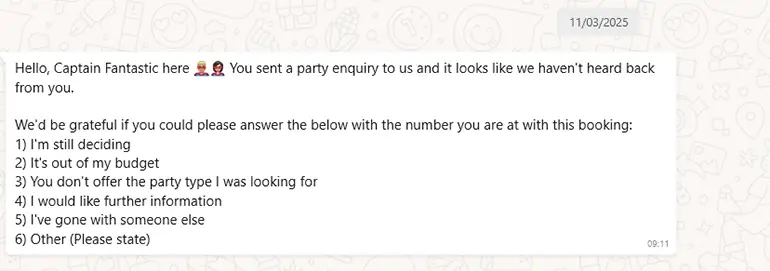
Example of a lead follow-up through email:
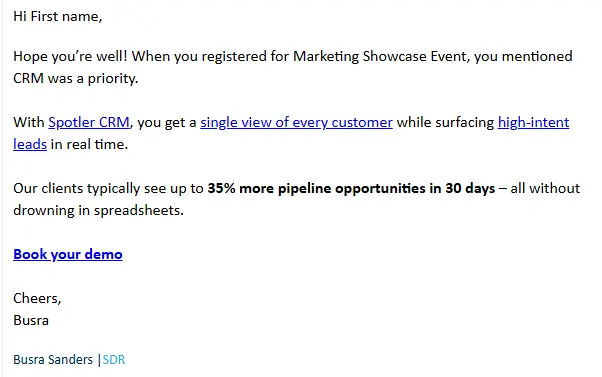
Resource delivery
Example of a resource delivery through WhatsApp:
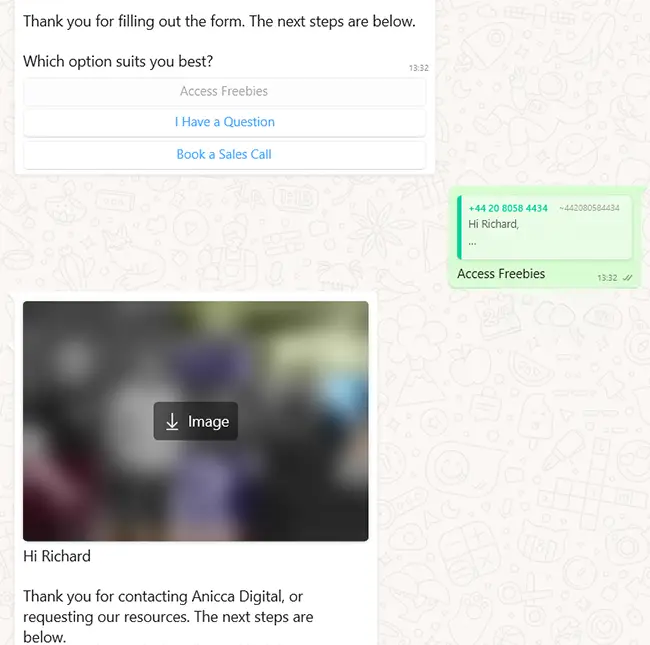
Example of a resource delivery through email:
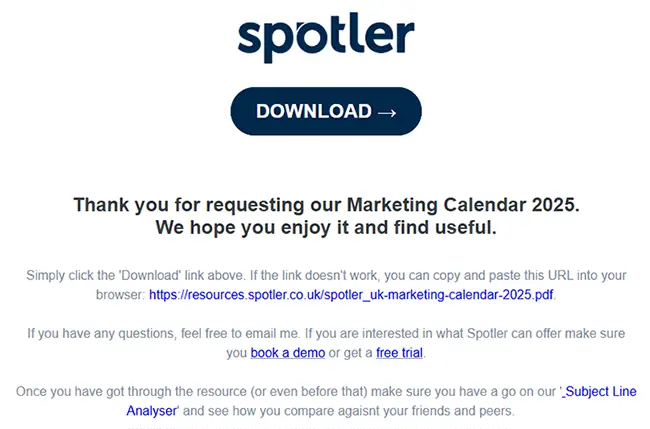
Booking confirmations
Example of a booking confirmation through WhatsApp:
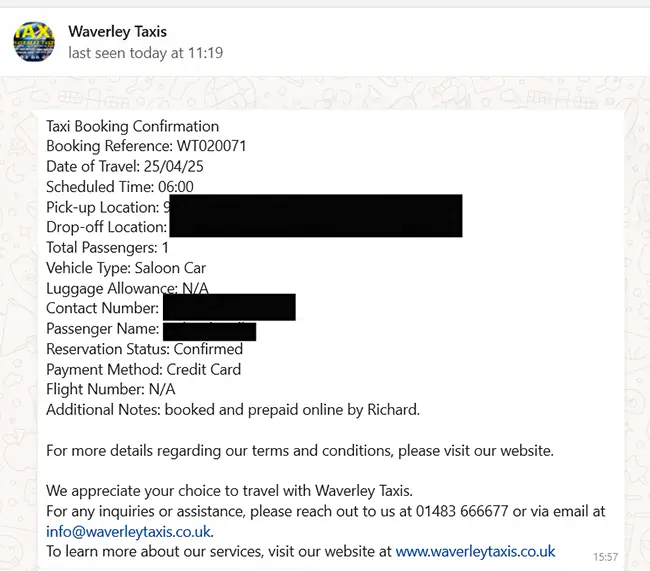
Example of a booking confirmation through email:
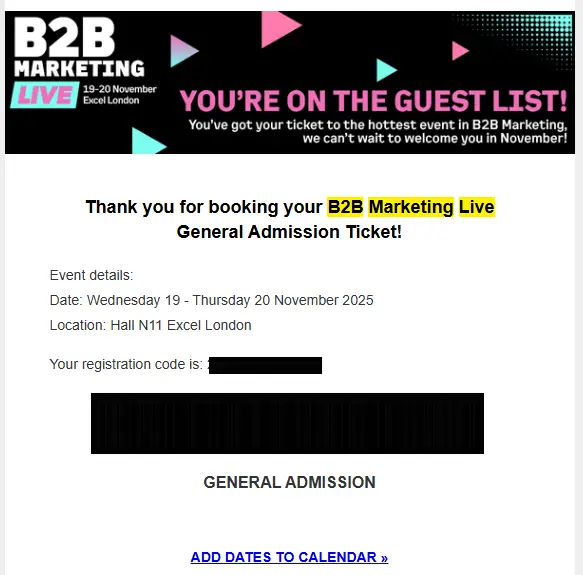
For an example of end-to-end customer service via WhatsApp, read what my colleague Andy got up to on holiday this summer.
Your audience
The best thing about your email audience is that you are in control. Once they’ve entered your orbit, via your website or from a trade show stand, it’s up to you what you send them, when and how often. Of course, you have to respect their wishes when it comes to unsubscribing and updating their preferences!
As of 2024, WhatsApp tops the list of most popular social media platforms, far outstripping “flashier” apps like Instagram or TikTok.
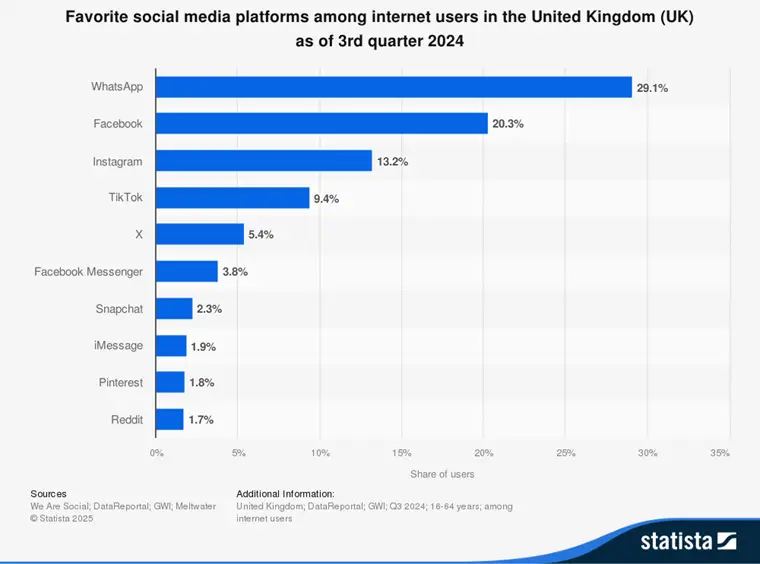
To put that into context, around 38 million people in the UK use WhatsApp regularly; 2 out of every 3 people. So, if your total audience is 250,000 contacts, then you could potentially reach 165,000 of them on WhatsApp.
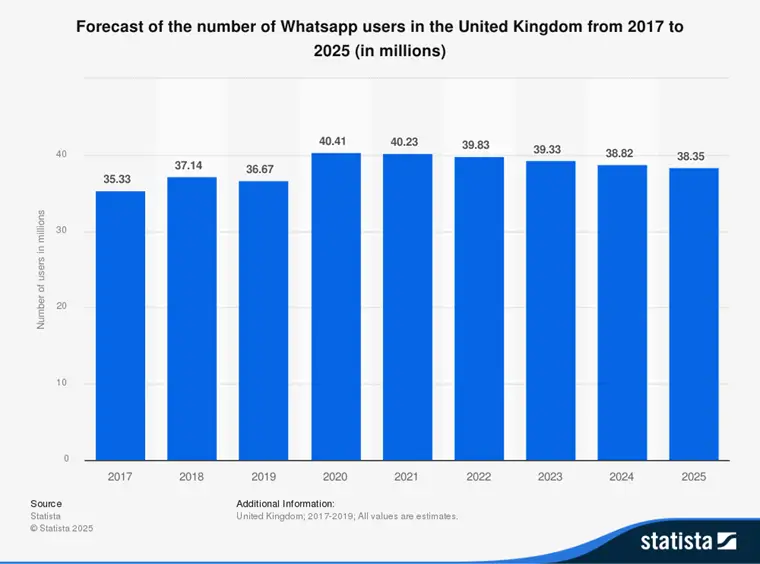
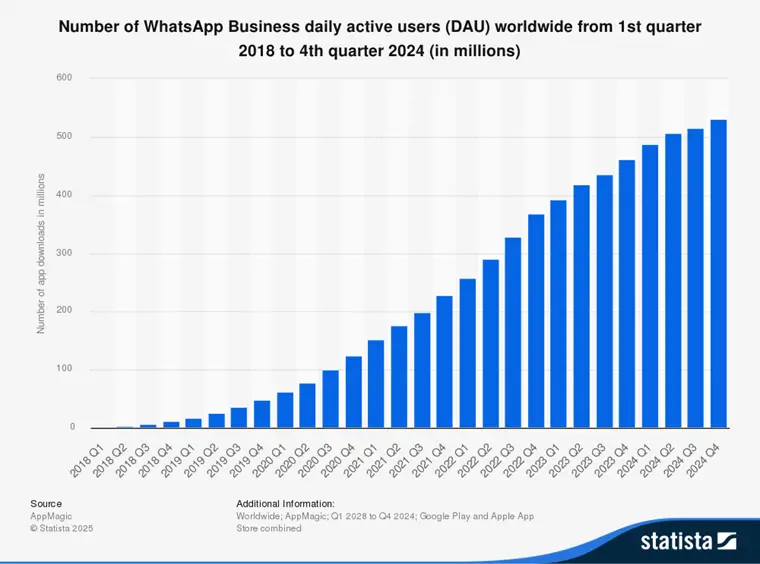
While the consumer-to-consumer version of WhatsApp is free, there is a small cost per message for WhatsApp Business.
Meta’s announcement of an ad-free paid tier for Facebook and Instagram suggests the balance is shifting. Up until this point, Meta’s revenue came entirely from businesses, through targeted advertising. It’s not clear how turning end-users into a revenue stream will play out on WhatsApp, so keep an eye on this.
Consent/GDPR
When GDPR first arrived in 2018, everybody panicked. Then we took a closer look and realised it could be good for email marketers.
Among the 6 “lawful bases for processing” sits our good friend Legitimate Interest:
processing is necessary for the purposes of the legitimate interests pursued by the controller or by a third party, except where such interests are overridden by the interests or fundamental rights and freedoms of the data subject which require protection of personal data, in particular where the data subject is a child.
In plain English, if you believe that what you’re promoting is relevant to the recipient, you can approach them without prior consent.
In Spotler’s case, the Head of Marketing at a restaurant chain would be fair game under Legitimate Interest, but the Head Chef wouldn’t.
One of the most important differences between WhatsApp Messenger and WhatsApp Business is GDPR compliance:
“Unlike WhatsApp Messenger, which is built for personal communications, the WhatsApp Business app is designed for external business communications. Each app is GDPR-compliant based on its intended purpose. If you’re a small-to-medium sized business, you should use the WhatsApp Business app for business communications with your customers.”
There’s an active debate on exactly what level of consent is required for WhatsApp. If a webform to download a resource or register for an event asks for a mobile number, is that enough (soft opt-in)? Or do you need to provide a check box that specifically states, “I am happy for [company] to send me promotional messages on WhatsApp” (hard opt-in)?
Spotler’s position is that you should always explicitly ask for consent. At the very least, if you have to trick your audience to get your content in front of them, you’ve not got the kind of relationship where they’re going to trust you with their money!
Content
The sky is the limit! Whether you favour an image-rich newsletter or a single-line plain text sales message, you can design it in email.
Any message you want to send in WhatsApp Business needs to be officially approved by Meta. Within their guidelines you can include images, videos and attachments.
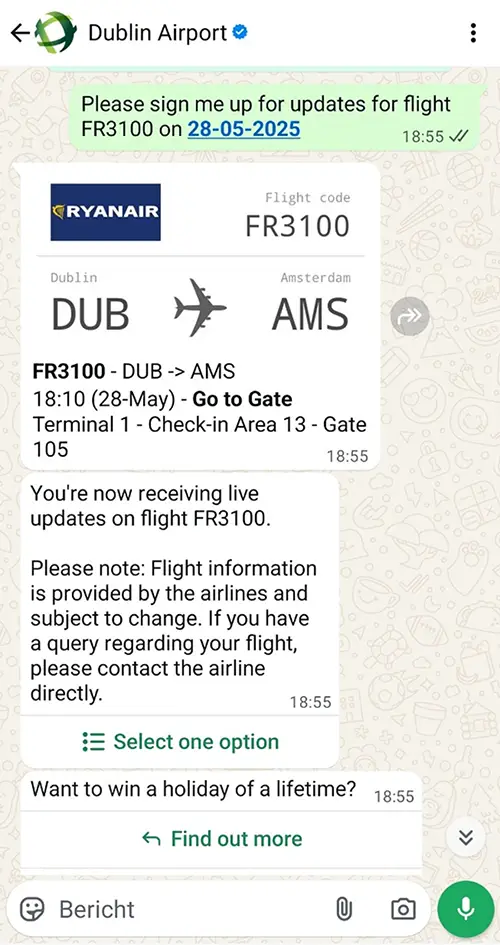
This WhatsApp from Dublin Airport includes the flight code, and the departure and destination airport short codes, just like you would see on your ticket. Along with the Ryanair logo in the message and the airport’s own logo attached to the sender, the message is clear, professional and attractive.
Mobile-first
Optimising email for mobile has been a topic for as long as I’ve worked in marketing!
It’s tricky to pin down exact figures on how many emails are opened on mobile devices, but a Shopify survey in December 2024 found “Nearly half of global internet users with mobile devices say they prefer to receive communications from businesses by email.” Alongside the fact that mobile made up nearly 42% of Opens in 2021, it’s highly likely that mobile is now above desktop for email Opens.
Spotler’s Mail+ platform shows you how your messages will look on both mobile and desktop, and allows you to edit the mobile version directly.
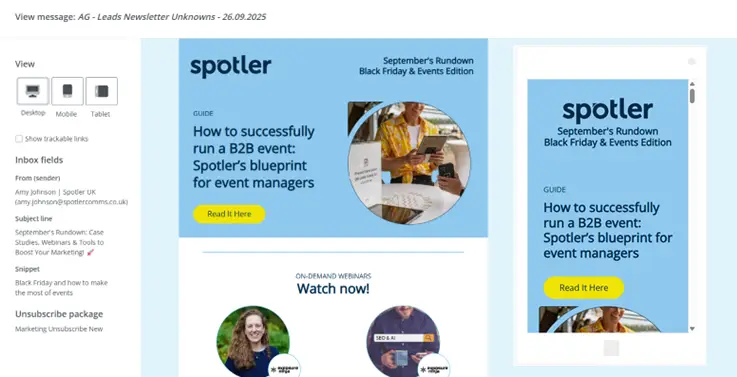
The big advantage of WhatsApp is that it’s mobile-native. WhatsApp Web does exist, but you can immediately tell it came after the mobile app.
| Feature | WhatsApp Web | WhatsApp Mobile |
|---|---|---|
| Accessibility | Desktop only | Anywhere, anytime |
| Features | Limited | Full range |
| Customization | Basic | Advanced |
| Productivity | High for typing | Lower for typing |
| Security | Risk on public PCs | Generally secure |
Source: www.bot.space
Trust levels
Unfortunately, scams still exist in both email and WhatsApp. What’s striking is that for both channels the “tells” that customers reported are very similar. An unknown sender, poorly written content, and “too good to be true” offers were the top 3 sources of suspicion in both cases.
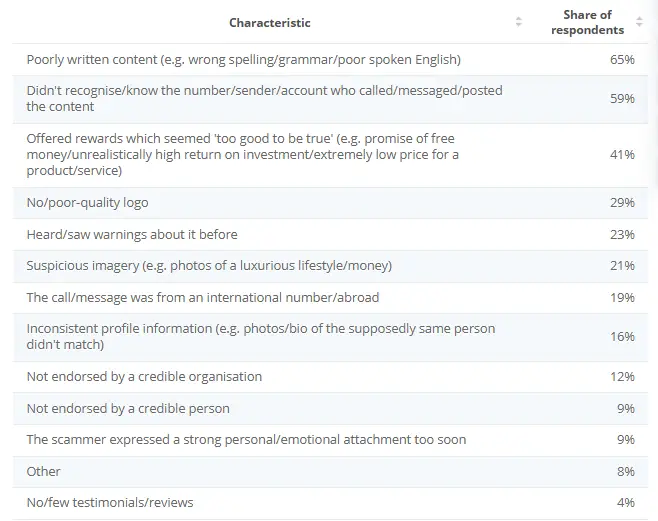
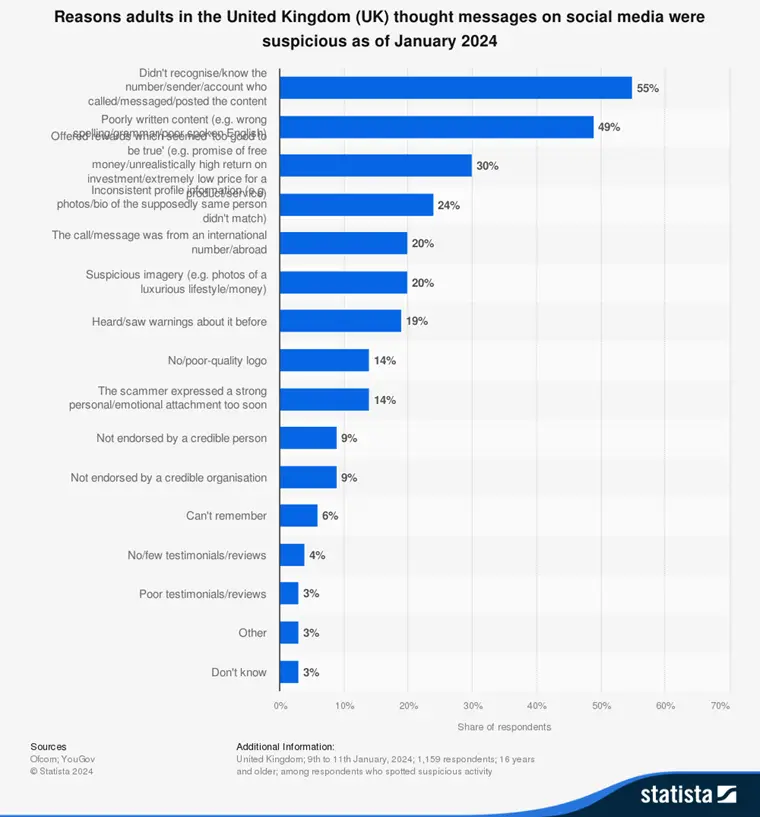
With this in mind, if you know how to demonstrate your trustworthiness to your email audience, you can easily do the same with WhatsApp content.
Conclusion
“WhatsApp or email?” is the wrong question. Both have clear pros and cons, so whatever industry you’re in, it’s likely that a balance between the 2 channels is your best play.
To test WhatsApp, start off with a very specific niche within your audience. Pick a small group who are already very engaged with your content, as they already trust you and are more likely to be open to WhatsApp approach.
Want to get started on WhatsApp?
If you’re not sure how to get started on WhatsApp, check out Spotler Engage. By handling all your messaging channels in one place, you can quickly and easily add WhatsApp to the channels you’re already using.
Interested to see our software in action?

